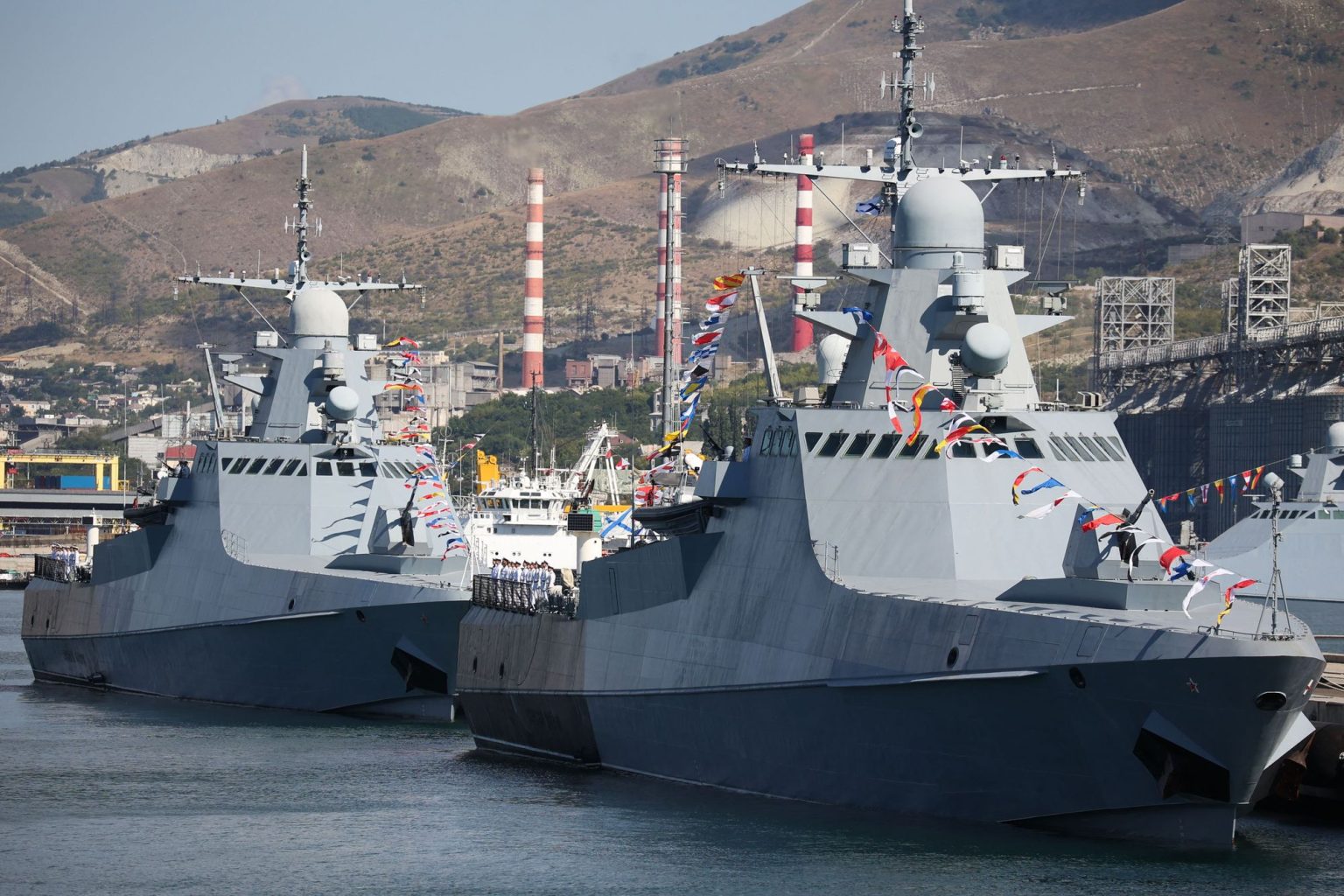In the early hours of May 17, drones and missiles struck an oil refinery and seaport in the Russian city of Novorossiysk, causing explosions, fires, and power outages. Local residents reported hearing multiple explosions and recorded video footage of both drones and air defense activity. The attack targeted the Novorossiysk Fuel oil terminal and the Transneft terminal, as well as the city’s oil infrastructure. This incident comes as part of a series of drone strikes by Ukrainian forces aimed at undermining Russia’s military operations and retaliating against Moscow’s attacks on Ukrainian energy infrastructure. The Novorossiysk port, located on Russia’s Black Sea coast, has been a key strategic location for both Russian and Ukrainian military actions.
The U.K. Defense Ministry had previously reported on March 31 that Russia was bolstering the defenses of the Novorossiysk port to protect the Black Sea Fleet from potential Ukrainian attacks. After withdrawing most of its fleet vessels from Crimea to Novorossiysk in 2023, Russia has faced significant challenges in securing its presence in the region. Ukrainian forces have been actively targeting Russia’s oil industry this spring, with successful drone attacks on facilities in Rostov Oblast. These actions have escalated tensions between the two countries and intensified the conflict in the region. The attack on Novorossiysk marks a significant development in the ongoing war between Ukraine and Russia.
The attack on Novorossiysk further underscores the complex and volatile situation in the region, with both sides engaged in military operations and strategic maneuvers. The use of drones and missiles in targeting crucial infrastructure points to the evolving nature of modern warfare, where unmanned aerial vehicles play a significant role. The Russian government has condemned the attack on Novorossiysk as a violation of its sovereignty and has vowed to retaliate against Ukrainian forces. The escalation of violence in the Black Sea region raises concerns about the potential for further conflict and the impact on civilian populations in the area.
As the situation in Novorossiysk unfolds, the international community closely monitors developments and assesses the impact of the attack on regional stability. The conflict between Ukraine and Russia has already claimed numerous lives and displaced communities, with ongoing humanitarian concerns in the region. The attack on the Novorossiysk port highlights the vulnerability of critical infrastructure to military strikes and underscores the need for diplomatic solutions to end the conflict. As both sides continue to engage in military operations, the risk of further escalation remains high, prompting calls for a ceasefire and peaceful negotiations to resolve the conflict.
In response to the attack on Novorossiysk, Ukrainian President Volodymyr Zelensky has expressed concern about the situation in the region but maintains that it is under control. He reports that Russia has suffered significant losses in its military operations, indicating a potential shift in the balance of power in the conflict. Meanwhile, Denmark announced more than $815 million in new military assistance for Ukraine, signaling international support for the country’s defense efforts. The capture and shooting of civilians in northern Vovchansk by Russian forces further highlight the human cost of the conflict and the urgent need for humanitarian intervention in the affected areas.
As the conflict in Ukraine continues to escalate, with ongoing military operations and strategic attacks, the international community faces the challenge of addressing the root causes of the conflict and finding a peaceful resolution. The attack on Novorossiysk serves as a stark reminder of the consequences of warfare and the importance of diplomatic efforts to de-escalate tensions. Both Ukraine and Russia are engaged in a complex and protracted conflict, with implications for regional security and stability. The targeting of critical infrastructure points to the strategic nature of the conflict and highlights the need for international cooperation to prevent further violence and protect civilian populations in the affected areas.


